The Corvette ZR1's Engine Had an Awesome Nickname During Development

The 2019 Chevrolet Corvette ZR1 has 755 horsepower and 715 pound-feet of torque, all thanks to specially-developed V8 engine.
Not every single generation of the Chevrolet Corvette has received a hardcore ZR1 variant. In fact, the latest is the fourth ZR1 model in seven generations, proving just how special it is. And if you have been following the sports car’s debut, you’ll know the LT5 engine powering the ZR1 is the most powerful engine ever put in a production car by GM.
But where did all that power come from? Speaking to Automotive News, chief engineer of the LT5, Jordan Lee, shared some details on the engine. At its core, the LT5’s architecture is the same as the LT4, sharing the same block, head, pistons, and connecting rods. The additional performance comes from an all-new supercharger, an all-new throttle body, a dual fuel system, two engine controllers to control the fuel system, modifications to the lube system, a different crankshaft material made of higher-strength alloy, and a shaker hood.
SEE ALSO: 2019 Chevrolet Corvette ZR1 Specs You Need to Know
All the attention however, was put on the new supercharger during development of the engine. So much so in fact, that GM stamped “BAS” on the top of the engine while it was in development, rather than “Corvette ZR1.” The idea was that if anyone came across it, GM was hoping they would believe BAS stood for “Belt Alternator System,” which is used in a GM diesel engine. But in reality, BAS stood for something way better. “B” was short for “Big,” and “S” was short for “Supercharger,” so you can probably guess what the “A” stood for.
Compared to the supercharger found on the LT4, the ZR1’s unit is 52 percent larger, making it the biggest supercharger the Corvette as ever had. It’s also the most efficient, said Lee, displacing 2.65 liters of air for every rotation. The supercharger also has a 170-degree helix rotor set, which is more efficient than the 160 degrees found in the LT4. Surprisingly, it spins slower than the unit on the LT4 – 15,680 rpm versus 21,000 rpm. “We wanted to slow the supercharger speed down to introduce a lot less heat,” Lee told Automotive News. “So running slower is more efficient.”
[Source: Automotive News]
Discuss this story on our Chevrolet Corvette Forum

Jason Siu began his career in automotive journalism in 2003 with Modified Magazine, a property previously held by VerticalScope. As the West Coast Editor, he played a pivotal role while also extending his expertise to Modified Luxury & Exotics and Modified Mustangs. Beyond his editorial work, Jason authored two notable Cartech books. His tenure at AutoGuide.com saw him immersed in the daily news cycle, yet his passion for hands-on evaluation led him to focus on testing and product reviews, offering well-rounded recommendations to AutoGuide readers. Currently, as the Content Director for VerticalScope, Jason spearheads the content strategy for an array of online publications, a role that has him at the helm of ensuring quality and consistency across the board.
More by Jason Siu




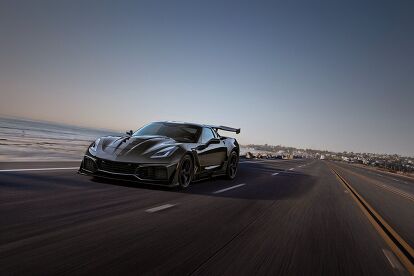


























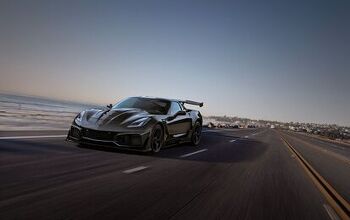




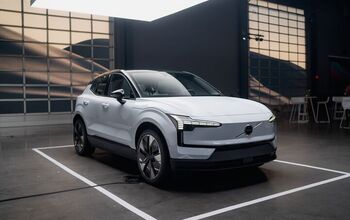



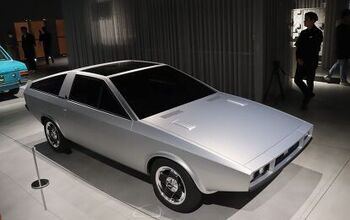

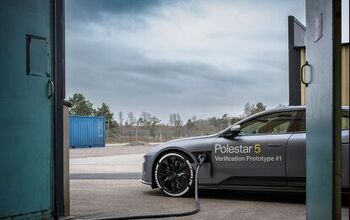
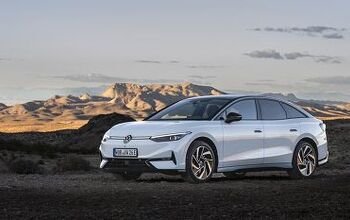


Comments
Join the conversation
I really appreciate the new Corvette's design tweeks. The front end looks like a road predator, but the boy-racer wing in the rear betrays the sophistication. Please design a suitable behind. The car deserves it.
It would be nice if GM would produce a 2,900 lb Z06 with a 427 or 454, sporting multi-level variable valve timing, that makes power from idle, to 10,000 r.p.m. What sayeth ye? 800 hp @ 9,500 r.p.m., in a car that's almost 700 lbs lighter than the current car? I have one of the 478 Z06s made in 2012, and possibly the only one with its combination of color, and features (there were only 21 Crystal Red cars made that year). I am very proud of my car, especially when that big-block level displacement starts to turn 7,000 r.p.m.+, and sings a note that only sheer cubes at high r.p.m. can belt out........ Forced induction is a reality when it comes to making power, but this driver prefers a normally aspirated motor that gets its prodigious output from sheer volumetric efficiency.